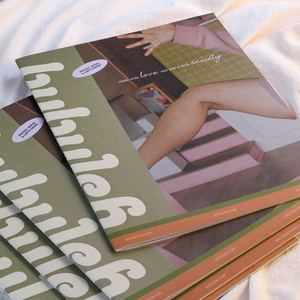Introduction to Paperback Books Read
Paperback books are a popular choice among avid readers, offering a blend of affordability and practicality. Unlike their hardcover counterparts, these books are lightweight, flexible, and typically less expensive. Their portable nature makes them perfect for readers on the go, whether you're commuting to work, lounging at a café, or heading to the beach. The thrill of delving into a new story, exploring different genres, and gaining fresh insights can be found within the pages of paperback books. This flourishing format encourages readers to immerse themselves in literary adventures without straining their budgets.
Types of Paperback Books Read
- Fiction: Engaging narratives that transport readers to different worlds, rich with characters and plots. Genres like mystery, romance, sci-fi, and historical fiction dominate this category.
- Non-fiction: Informative titles that provide insights into real-world topics, including memoirs, self-help, and educational subjects.
- Graphic Novels: A fusion of storytelling and visual art, graphic novels present stories through a combination of illustrations and narrative text.
- Reference Books: Useful resources like dictionaries, encyclopedias, and style guides, which serve as valuable tools for research and education.
Function, Feature, and Design of Paperback Books
- Function: The primary function of paperback books is to deliver literature and information in an accessible format. They are designed to be read, shared, and cherished for years.
- Features:
- Softcover binding that allows for flexibility and easy handling.
- Variety of sizes – from pocket-sized to larger formats, catering to different reading preferences.
- Diverse cover designs, often featuring striking artwork to attract readers.
- Design:
- Durable yet lightweight materials that make them easy to carry.
- Tear-resistant pages that enhance longevity and withstand frequent use.
Advantages of Reading Paperback Books
- Affordability: Generally priced lower than hardcover editions, which makes them more accessible to a wider audience.
- Portability: Lightweight and compact, perfect for reading on the go.
- Reader-Friendly: Easy to hold and read for extended periods without discomfort.
- Environmentally Friendly: Often produced with recycled materials, contributing to a lower environmental footprint.
- Increased Availability: Many titles are published in paperback, offering a greater selection for readers.





















































